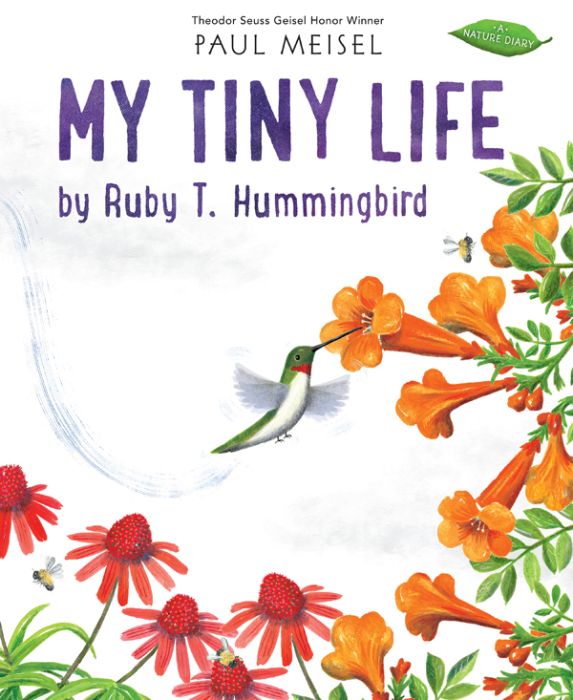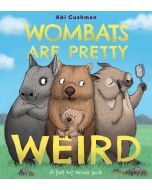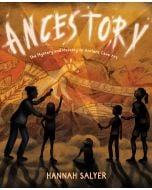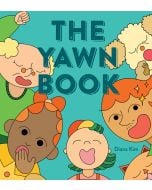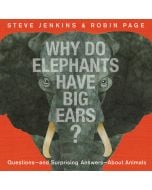
My Tiny Life by Ruby T. Hummingbird
Series A Nature Diary Written and illustrated by Paul Meisel
Edition
Series A Nature Diary Written and illustrated by Paul Meisel
Hardcover edition
Publisher Holiday House Imprint Holiday House ISBN9780823443222
My Tiny Life by Ruby T. Hummingbird
 17.55
17.55
Out of stock
SKU
9780823443222J
Tiny but mighty! The ruby throated hummingbird leads a fascinating life. This is the fourth book in the critically acclaimed Nature Diary science series.
May 15: Today I poked my way out of this tiny egg.
With Mom feeding him insects and nectar, Ruby T. Hummingbird is soon able to beat his wings and fly—up, down, backward, and forward—and forage for himself. But don’t be fooled! This elegant creature can turn into a fierce fighter if another hummingbird tries to feed on his flower—or his hummingbird feeder.
June 21: This flower is MINE! No you don’t.
A second test of his strength comes when he migrates to a warmer climate in the fall and a cooler climate in the spring.
March 1, 5 a.m.: I’m off! Wish me luck.
2 p.m.: Still flying. A short rainstorm, but there’s nowhere to stop.
9 p.m.: I’m getting closer. I have to keep flying because I’m still over water.
11:30 p.m.: I made it!
May 15: Today I poked my way out of this tiny egg.
With Mom feeding him insects and nectar, Ruby T. Hummingbird is soon able to beat his wings and fly—up, down, backward, and forward—and forage for himself. But don’t be fooled! This elegant creature can turn into a fierce fighter if another hummingbird tries to feed on his flower—or his hummingbird feeder.
June 21: This flower is MINE! No you don’t.
A second test of his strength comes when he migrates to a warmer climate in the fall and a cooler climate in the spring.
March 1, 5 a.m.: I’m off! Wish me luck.
2 p.m.: Still flying. A short rainstorm, but there’s nowhere to stop.
9 p.m.: I’m getting closer. I have to keep flying because I’m still over water.
11:30 p.m.: I made it!
|
Standard MARC Records Cover Art |
Nonfiction Early Elementary Plus (Grades PreK-2)
Nonfiction Early Elementary Plus
Nonfiction Early Elementary Plus (Grades PreK-2)
For Grades PreK-2
This collection introduces young readers to fascinating topics in history, science, and more. Through engaging storytelling and vibrant illustrations, these selections make learning fun and accessible for beginning readers.
14 books per Year
$282.52 per Year
Interests
Animals, Beginning Readers, Nonfiction, Picture Books, Science/STEAM, Storytime/Read Alouds

